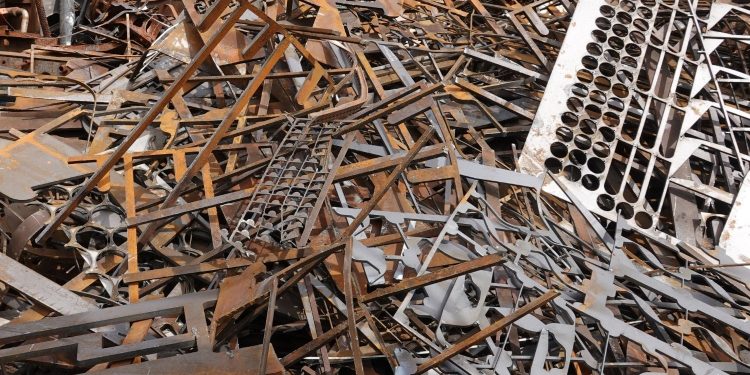As you clear out your basement or clean up a job site, you may find metal you can’t identify. Here’s how to tell whether that scrap metal is worth money.
One man’s trash may be another man’s treasure, but how can you tell treasure from trash? It’s not always as readily apparent as it should be. Some scrap metals that you initially write off as useless can have high resale value to scrap dealers, which means you’ll get a decent share of that cash for yourself by turning it in. Some metals are more valuable than others, and by knowing what to look for and how to find it, you can easily find treasure in your trash. Here’s how to determine what kind of scrap metal you have and which metals are the most valuable.
Use a Magnet
When it comes to scrap metal, the most important dividing line between metal products is whether they contain iron. Ferrous metals, such as wrought iron and steel, are plentiful but low in value, while non-ferrous metals, such as aluminum, copper, zinc, brass, and lead, are scarcer and worth more. The easiest test to determine whether a metal is ferrous is to use a magnet. Iron is the most common of the ferromagnetic metals—those that can act as permanent magnets without an electric current. If a magnet clamps to your mystery piece of metal, chances are that you’re working with a piece of iron or steel. However, beware of false positives—while nickel and cobalt are ferromagnetic, they are non-ferrous, making them quite valuable.
Use a File
Give your scrap a scrape to get a better idea of what it may be. Ferrous metals like steel are extremely durable and resistant to abrasion, whereas non-ferrous metals like copper are significantly more malleable and, as such, will flake when scraped. Longer but less brittle flakes could indicate aluminum, another valuable non-ferrous metal. If you notice that your metal easily abrades, don’t get carried away—you don’t want to diminish your scrap too much.
Check the Color
Oxidation or a lack thereof could help you to determine what kind of scrap metal you have. As iron oxidizes, it produces rust, whose familiar red color is a dead giveaway. Similarly, copper produces a patina, a mint-greenish oxide that you might recognize from church steeples or the Statue of Liberty. If you think a green piece of metal is of no value, think again—that copper can be recycled, and scrappers would love to get their hands on it. On the other hand, unoxidized metal could merely be stainless steel that’s living up to its name.




